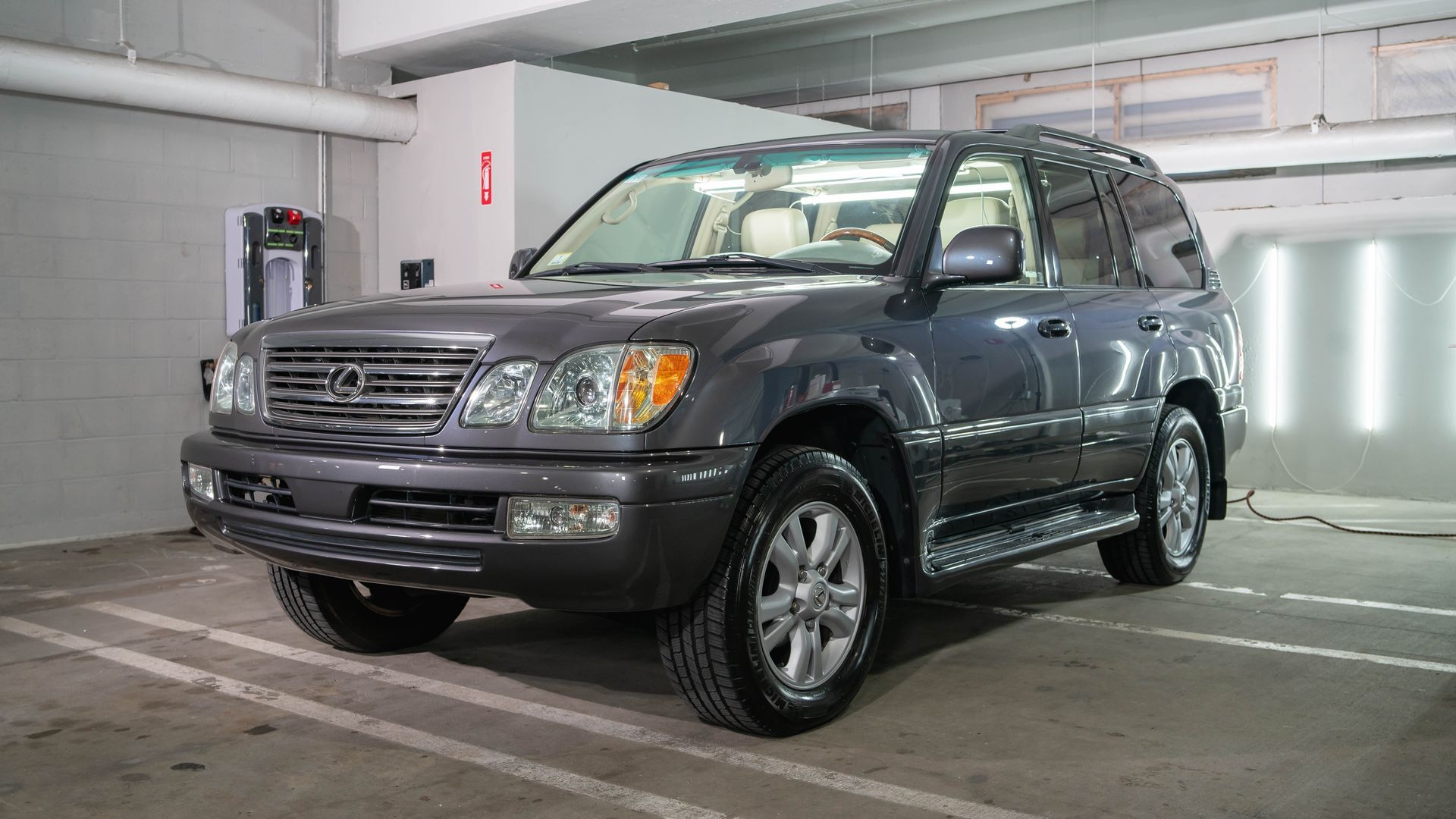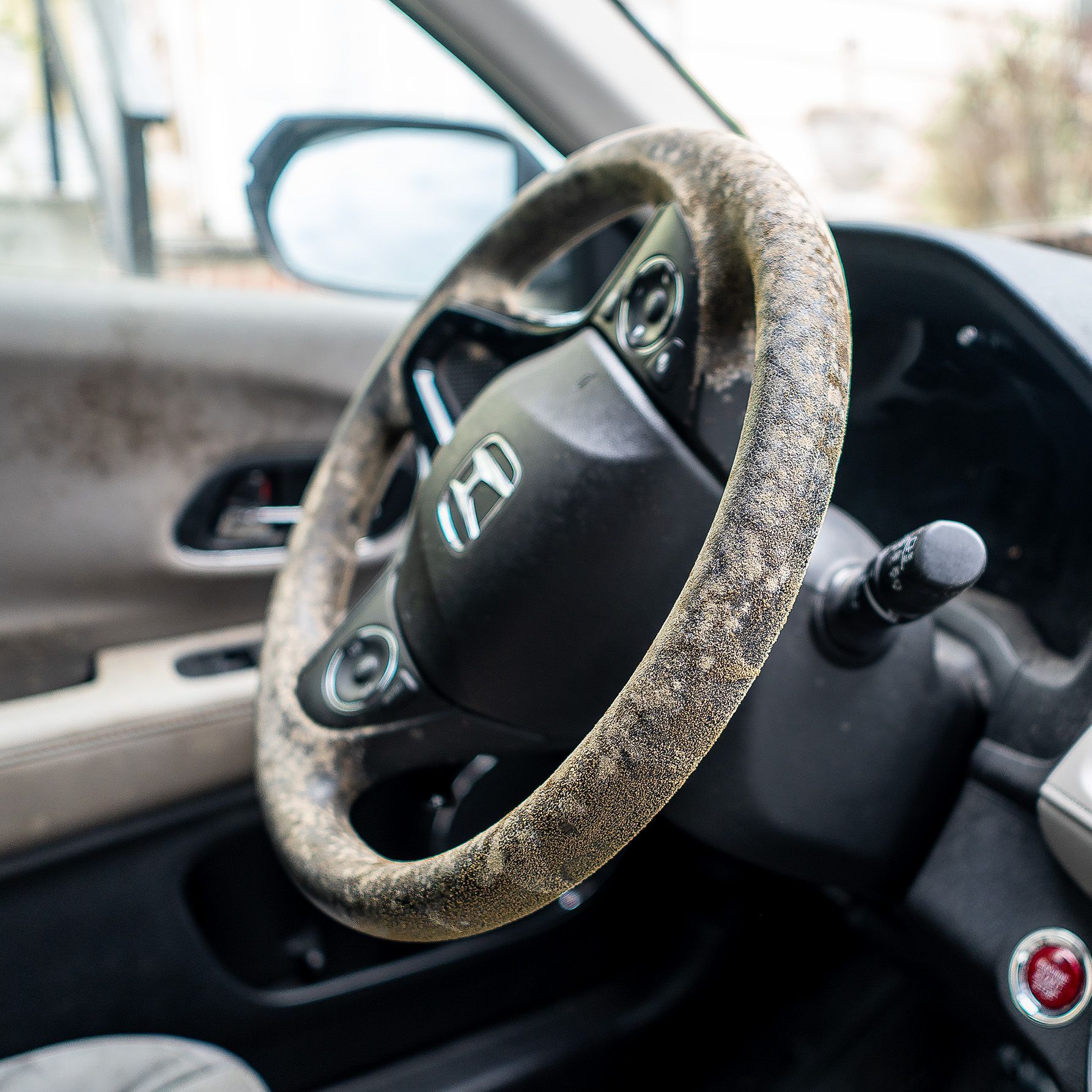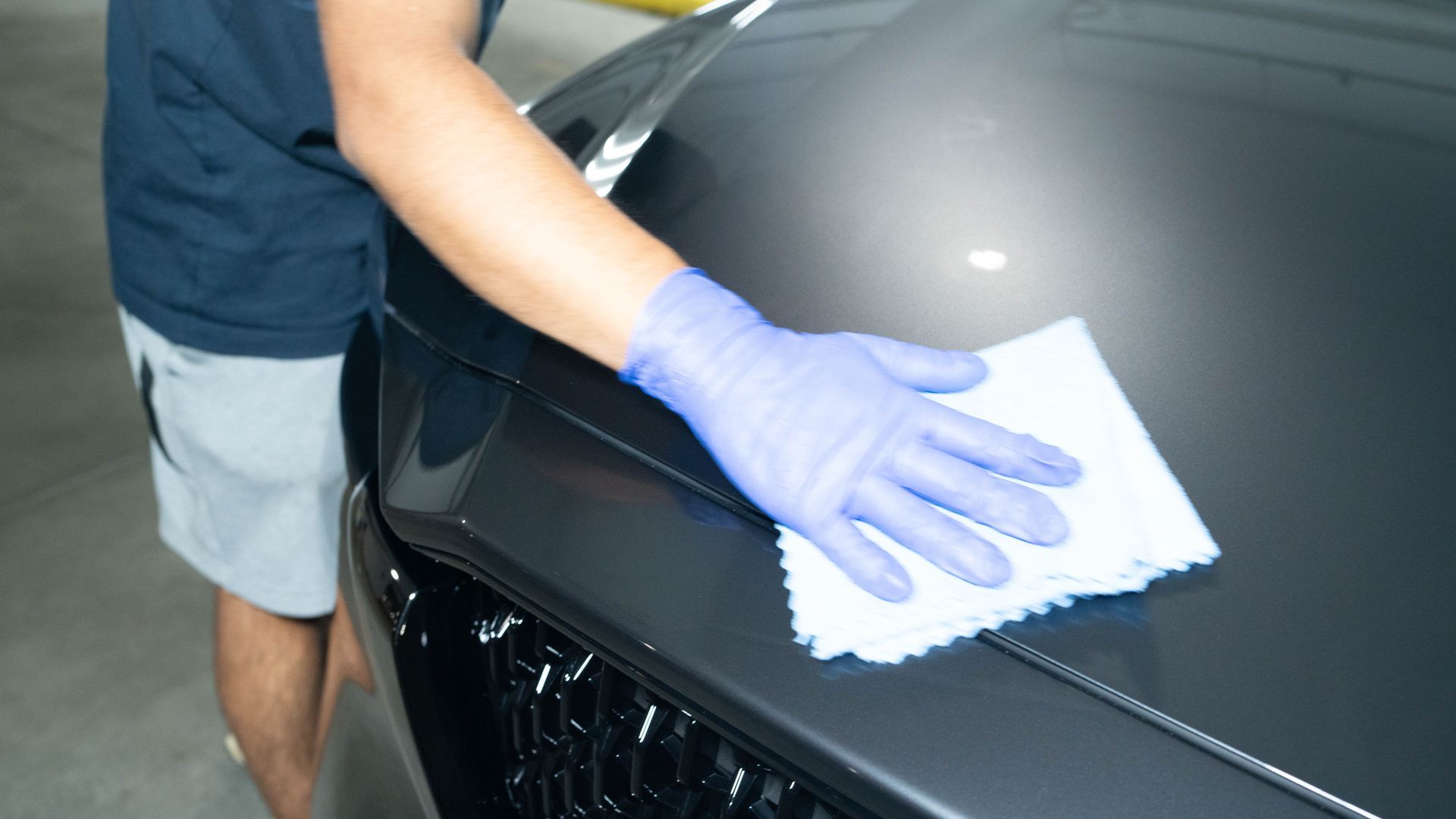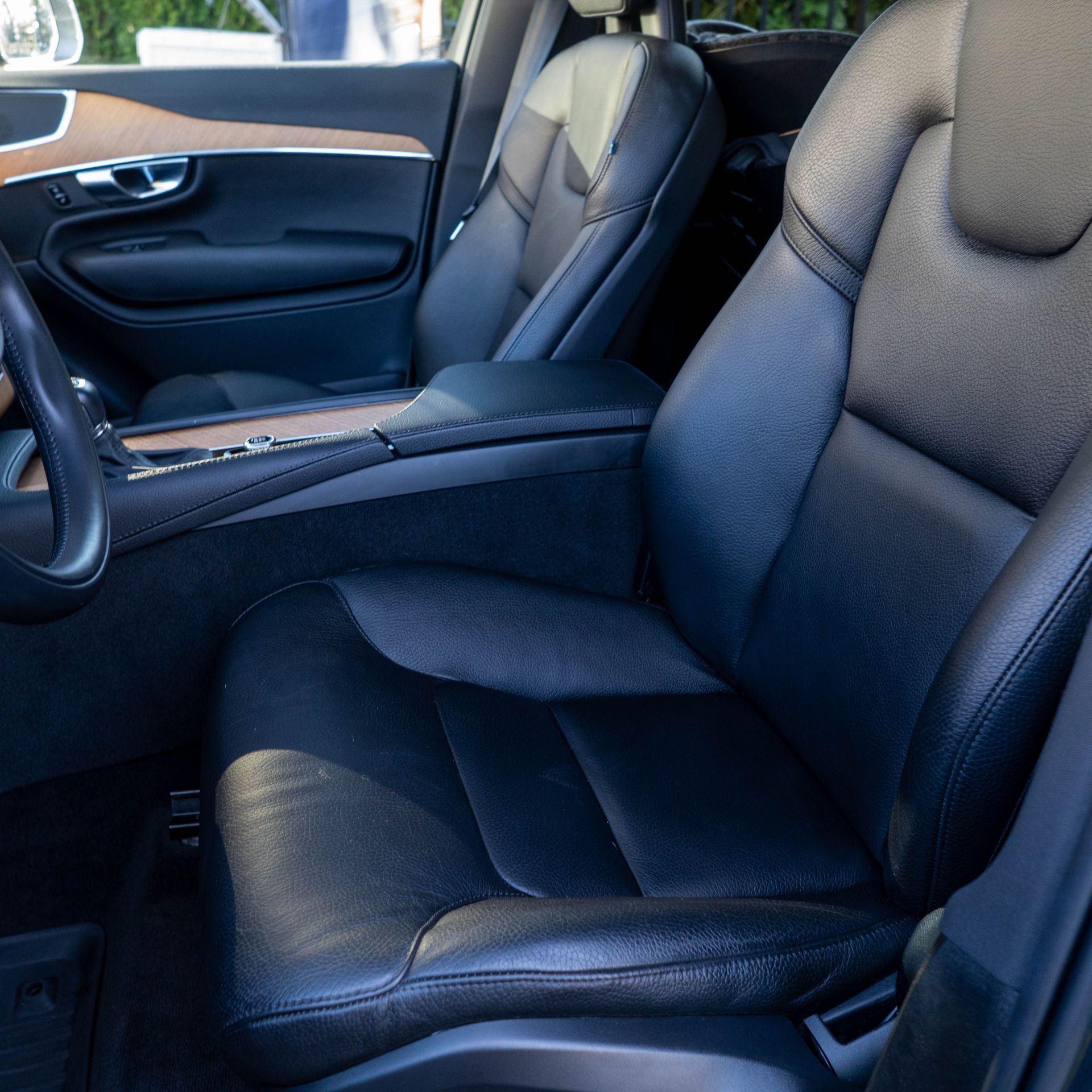The Science and Impact of Detonation Nano Diamonds: A Comprehensive Guide
February 11, 2025

Detonation nanodiamonds (DNDs) are more than just a scientific curiosity—they’re a groundbreaking material with the potential to transform industries ranging from automotive coatings to biomedicine. Born from controlled explosions, these tiny diamond crystals are reshaping how we think about durability, performance, and innovation.
In this article, we’ll dive deep into the science, history, and applications of DNDs, offering a complete resource for anyone interested in this fascinating field.
What Are Detonation Nanodiamonds?
The Basics of DNDs
Detonation nanodiamonds are tiny diamond particles, typically 3–5 nanometers in size, created by detonating explosives with a negative oxygen balance, like as a mixture of trinitrotoluene (TNT) and hexogen (RDX)in a controlled environment. The carbon atoms in the explosives rearrange into a diamond’s signature sp³ carbon lattice structure, giving DNDs their exceptional hardness and durability. Despite their small size, these particles pack a punch, offering unique properties that make them invaluable in a variety of applications.

How Are They Made?
The synthesis of DNDs is both fascinating and efficient:
- Explosive Detonation: A mixture of carbon-rich explosives (like TNT) is detonated in a closed chamber.
- Shockwave Formation: The explosion creates extreme pressure and temperature, forcing carbon atoms to reorganize into diamond crystals.
- Cooling and Collection: The resulting material is cooled and purified to isolate the nanodiamonds.
This process is quick, scalable, and cost-effective, making DNDs a practical choice for industrial use.
The History of Detonation Nanodiamonds
Early Discoveries and Development
The story of DNDs begins in the mid-20th century, when scientists first explored industrial diamond synthesis using high-pressure, high-temperature methods. However, it wasn’t until the late 1980s that DNDs were independently developed by multiple research groups in the USSR. These early experiments were shrouded in secrecy, with industrial-scale production beginning in the USSR (later Russia).
Key Milestones
- 1988: The first public papers on DND synthesis are published by researchers in the USSR and the USA, marking the official start of DND research.
- Early 2000s: Advances in production technology and a deeper understanding of DND properties lead to their use in nanocomposites, coatings, and biomedicine.
- 2007: Comprehensive review articles by V.Yu. Dolmatov and others highlight the synthesis, properties, and applications of DNDs.
- 2020s: DNDs become a major focus in cutting-edge fields like quantum sensing, gene editing, and neural interfaces.
The Unique Properties of DNDs
Why Are DNDs So Special?
DNDs stand out thanks to their remarkable properties:
- Exceptional Hardness: Their diamond structure makes them incredibly durable, ideal for wear-resistant applications.
- High Surface Area: Their tiny size means they have a large surface area, perfect for catalysis, drug delivery, and more.
- Customizable Surface Chemistry: DNDs can be modified to be hydrophobic, hydrophilic, or biocompatible, depending on the application.
- Thermal Conductivity: They excel at dissipating heat, making them useful in electronics and thermal management.
- Optical Properties: Some DNDs fluoresce, opening up possibilities in imaging and sensing.
Applications of Detonation Nanodiamonds
Automotive Coatings
DNDs are revolutionizing the automotive industry, particularly in ceramic coatings:
- Enhanced Durability: DNDs add a layer of diamond-like hardness to coatings, improving their resistance to wear and environmental damage.
- Improved Hydrophobicity: By modifying DND surfaces, coatings can become highly water-repellent, ensuring water beads up and rolls off.
- UV Protection: DNDs help block harmful UV rays, preventing paint from fading or oxidizing over time.
- Long-Lasting Performance: With DNDs, coatings maintain their integrity and appearance for years, reducing the need for frequent maintenance.
Biomedical Applications
DNDs are making waves in medicine:
- Drug Delivery: Their biocompatibility and large surface area make them ideal for targeted drug delivery systems.
- Bioimaging: Fluorescent DNDs are used as contrast agents in imaging techniques.
- Gene Editing: Researchers are exploring DNDs as carriers for CRISPR-Cas9 and other gene-editing tools.
- Tissue Regeneration: DNDs are being studied for their potential to promote cell growth and repair.
Electronics and Quantum Technologies
DNDs are pushing the boundaries of electronics:
- Thermal Management: Their high thermal conductivity makes them useful in heat-dissipating materials for devices.
- Quantum Sensing: DNDs with nitrogen-vacancy centers are being used in ultra-sensitive sensors for magnetic fields, temperature, and more.
- Nanoelectronics: Their small size and unique properties make DNDs promising candidates for next-generation electronic components.
Industrial and Environmental Uses
DNDs are also finding applications in industry and environmental science:
- Polishing and Abrasives: Their hardness makes them ideal for precision polishing of metals and ceramics.
- Catalysis: DNDs are used as catalysts in chemical reactions, thanks to their large surface area and stability.
- Environmental Remediation: Researchers are exploring DNDs for water purification and pollutant removal.
Challenges and Future Directions
Current Limitations
While DNDs hold immense potential, there are challenges to overcome:
- Production Scalability: Scaling up DND production while maintaining quality remains a hurdle.
- Toxicity Concerns: Although DNDs are generally biocompatible, their long-term effects on humans and the environment require further study.
- Cost: High-quality DNDs can be expensive, limiting their accessibility for some applications.
Future Possibilities
The future of DNDs is bright, with exciting developments on the horizon:
- Customized Solutions: Tailored DND formulations for specific industries or applications.
- Synergistic Materials: Combining DNDs with other advanced materials to create hybrid systems with enhanced properties.
- New Applications: Expanding into areas like energy storage, aerospace, and agriculture.
Key Figures in DND Research
The field of DND research has been shaped by pioneering scientists and engineers:
- V.Yu. Dolmatov: A leading figure in DND synthesis and applications, with numerous patents and publications.
- Elena Alexander and Kam W. Leong: Researchers at Columbia University exploring biomedical applications of DNDs.
- A. Ya. Vul’: A Russian scientist specializing in nanocarbon materials, including DNDs.
- O. Shenderova and D. Gruen: Scientists credited with co-editing major publications on DNDs and their applications.
Detonation nanodiamonds are more than just a scientific breakthrough—they’re a versatile, powerful material with the potential to transform industries and improve lives. From automotive coatings to quantum technologies, DNDs are paving the way for a future defined by durability, innovation, and sustainability. As research continues to unlock their full potential, one thing is clear: the diamond revolution is just beginning.








